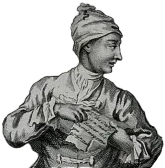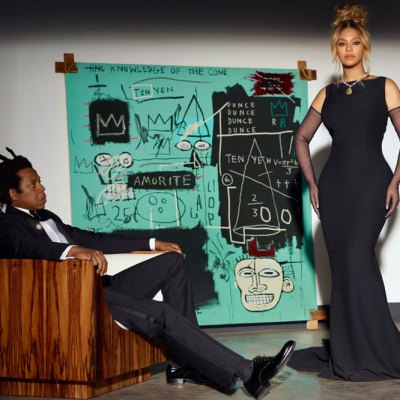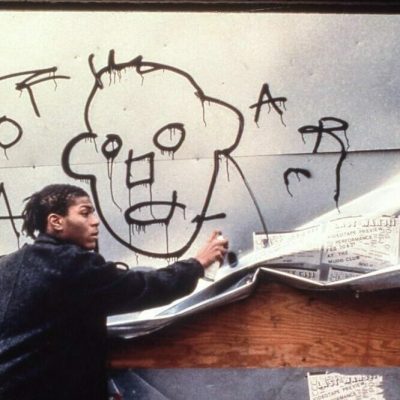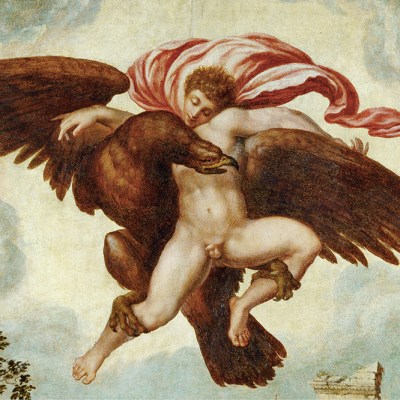Introducing Rakewell, Apollo’s wandering eye on the art world. Look out for regular posts taking a rakish perspective on art and museum stories.
News has reached Rakewell of a prank that has taken the art world by storm, or at least by puff of excitement. In 2017, the artist André Heller said that a picture frame he was selling was the work of Jean-Michel Basquiat. It sold for $780,000. Unfortunately for Heller, Basquiat’s former assistant Stephen Torton – who used to make Basquiat’s stretcher frames – was suspicious that this was an imitation. Heller has now admitted to pretending the frame was by Basquiat, as a ‘prank’.
The episode has led Rakewell to reflect fondly of some of the great art-world hoaxes. Perhaps our favourite was carried out by Harvey Stromberg, who carefully hid adhesive-backed photographs of everyday objects such as light switches, bricks and keyholes in plain sight on the walls of the Museum of Modern Art, New York, to create what he called ‘photo-sculptures’. He even held a party on 15 June 1971 for the opening of what the New York Times called the ‘longest running one-man photo exhibit’.
One of the art world’s most famous pranks was carried out by David Bowie and William Boyd, when Bowie’s small publishing house 21 Publishing produced a biography of Abstract Expressionist artist Nat Tate written by Boyd. Tate, tragically, ended his life by jumping off the Staten Island ferry in 1960. Or he would have done had he existed. While the book received a lavish launch party thrown by Jeff Koons, the entire thing was a hoax by Boyd and Bowie. Boyd was even responsible for creating Tate’s ‘artworks’, one of which was sold at Sotheby’s for the second time in September for £4,032.
In case you might be worried that this spate of pranks is a sign of our own unserious age, Rakewell reminds you that Antonio Canova was happy to engage in similar games in the late 18th century. In 1792, he produced an astonishing portrait that he titled and passed off as the Self-Portrait of Giorgione. Artists such as Angelica Kauffman, Gavin Hamilton, Antonio Cavallucci, Giovanni Volpato agreed it was an authentic work by the 16th-century master; a week later, Canova admitted it was his. The work was rediscovered in 2016 during a valuation in Rome.
And as we all know from Pliny the Elder, the history of art began with a hoax. Zeuxis, the greatest painter of the 5th century BC, was taken in by the trompe l’oeil of a curtain that seemed to hide a work of art by Parrhasius. Of course, the curtain was itself the painting and it was so realistic that Zeuxis tried to draw it back, thereby revealing his inferiority as an artist. So perhaps the arts of the prankster and the painter aren’t so very far removed.
Got a story for Rakewell? Get in touch at rakewell@apollomag.com or via @Rakewelltweets.




